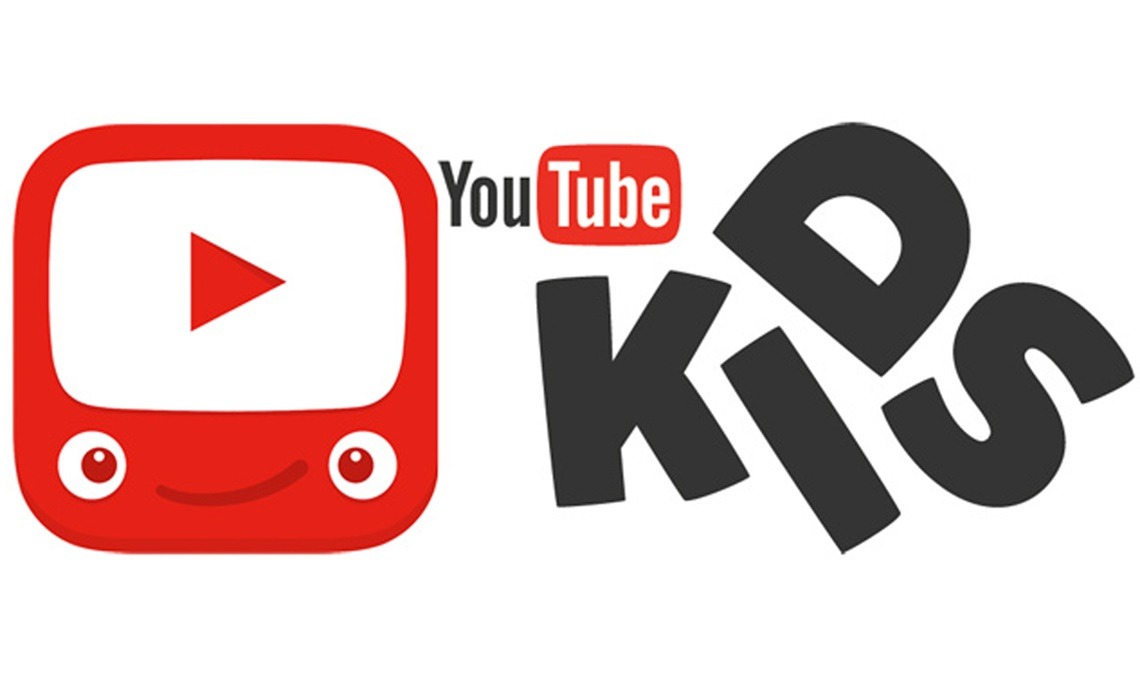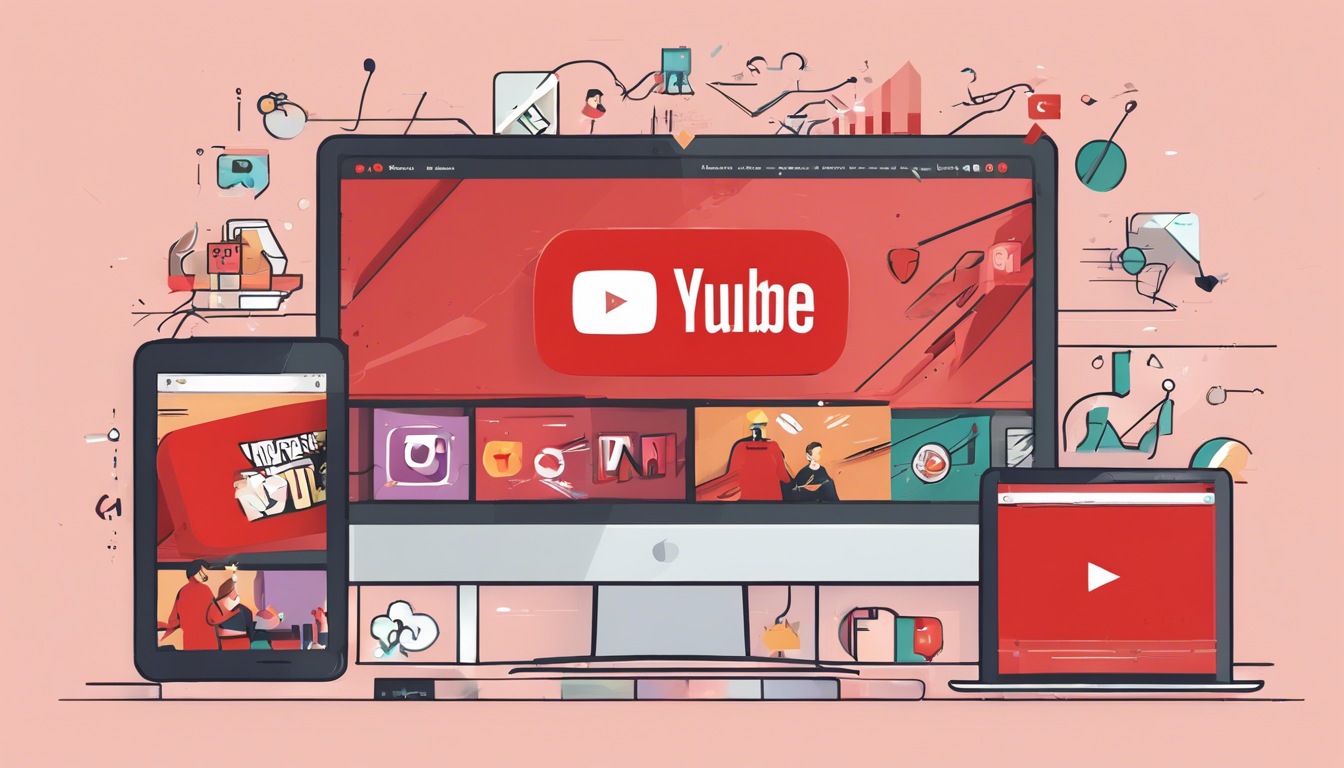Working with a tech company usually comes with a lot of workload on your hands. These workloads might be a hard nut to crack when it’s just you, but this definitely calls for one or two collaborations from your colleagues. How lucky you are if you have strong communication skills, then you can take advantage of it by asking your coworkers and teammates to work together with them to come up with ideas, solutions, and also you can learn one or two from each other.
So, guys, let’s take a look at deeper importance of effective communications in IT.
Its Importance in IT
Effective communication is the lifeblood of any successful IT profession. It plays a huge role in ensuring that teams are aligned with common goals and that the gap between IT and business objectives is effectively bridged.
The Role of Communication in IT Success
When talking of Information Technology, effective communication serves as the bridge for success. By connecting teams with common goals, it ensures that everyone is moving in the same direction. Moreover, it facilitates seamless interaction between the technical aspects of IT and the overarching objectives of the business.
What Happens When Communication Fails in IT?
When communication falters within an IT environment, it can lead to alarming outcomes. Misunderstandings arise, leading to errors and inefficiencies. Additionally, failed communication results in missed opportunities for innovation, limiting progress and growth within the organization.
The Benefits of Mastering Effective Communications in IT
Mastering effective communications in Information Technology landscape yields a multitude of benefits that directly contribute to the success and efficiency of IT operations.
Smoother Project Execution
Mastering effective communications within IT environments leads to smoother project execution. By ensuring that everyone is on the same page, potential misunderstandings and discrepancies are minimized. When all team members have a clear understanding of their roles and responsibilities, project timelines are more likely to be handled in the right manner, resulting in timely deliverables.
Moreover, it facilitates faster problem-solving as issues can be promptly addressed through clear and open dialogue. This enables teams to identify and resolve challenges efficiently, preventing them from escalating into larger problems that could potentially derail the project timeline.
Enhanced Team Collaboration
Effective communication also fosters enhanced team collaboration by building trust among team members. When individuals feel comfortable expressing their thoughts and ideas openly, it encourages a culture of collaboration and innovation. Open dialogue allows for the free flow of information, enabling diverse perspectives to be considered and leading to more robust solutions.
It also encourages open dialogue among team members, creating an environment where everyone feels empowered to share their insights and concerns without fear of judgment or reprisal. This inclusive approach not only strengthens teamwork but also promotes a sense of ownership and accountability among team members.
Better Stakeholder Engagement
Mastering effective communications is instrumental in securing support and budget for IT initiatives. Clear and compelling communication with stakeholders ensures that they understand the value proposition of proposed IT projects. By aligning IT initiatives with overarching business goals through effective communication, stakeholders are more likely to provide the necessary support and resources needed for successful project implementation.
Additionally, it aids in aligning IT projects with business goals by clearly articulating how each initiative contributes to the organization’s strategic objectives. This alignment fosters a shared vision between IT teams and stakeholders, ensuring that efforts are directed towards common goals.
Overcoming Common Communication Challenges in IT
Overcoming common communication challenges is important for fostering seamless collaboration and ensuring that all IT initiatives are executed with precision and clarity.
Breaking Down Technical Jargon
The technology niche in general often involves brain-cracking technical terminology that can be quite confusing to individuals outside the field. Simplifying these complex concepts is necessary for effective communication within cross-functional teams. By translating technical jargon into layman’s terms, IT professionals can ensure that their insights and ideas are accessible to a broader audience. Furthermore, employing tools and techniques such as visual aids, analogies, and real-world examples can significantly enhance the clarity of explanations, making technical concepts more comprehensible to non-technical stakeholders.
Managing Remote Communication
As remote work becomes increasingly popular in the IT industry, mastering remote communication is imperative for maintaining cohesive teamwork and productivity. Effective use of digital communication tools such as video conferencing platforms, instant messaging applications, and project management software is pivotal in bridging geographical gaps and facilitating seamless interactions among remote teams. Moreover, keeping remote teams engaged through virtual team-building activities, regular check-ins, and transparent communication channels fosters a sense of connectedness and camaraderie despite physical separation.
Navigating Cultural Differences
In this generation of globalized IT environment, finding your way through cultural differences is paramount for promoting inclusive communication and tapping into diverse perspectives within teams of different nationalities. Understanding and respecting diversity in cultural norms, communication styles, and work practices cultivates an environment of mutual respect and appreciation. Strategies for inclusive communication encompass active listening, acknowledging varying viewpoints without bias or prejudice, and adapting communication approaches to accommodate diverse cultural backgrounds. Embracing cultural diversity not only enriches collaborative endeavors but also contributes to a more harmonious and productive work environment.
Tips for Enhancing Your Communication Skills in IT
Mastering these skills not only fosters collaboration and innovation but also ensures that IT initiatives are aligned with business objectives. Here are some valuable tips to enhance your communication skills in the dynamic landscape of IT:
Practice Active Listening
As stated earlier, practicing active listening is paramount for fostering effective communication. The importance of understanding before responding cannot be overstated. By actively engaging in attentive listening, you demonstrate respect for the speaker and gain a comprehensive understanding of their perspective. Techniques for better listening include maintaining eye contact, nodding to indicate understanding, and asking clarifying questions to ensure that you grasp the speaker’s message accurately.
Seek Feedback and Act on It
Seeking feedback is a fundamental aspect of continuous improvement in communication skills. Embracing constructive criticism allows you to gain valuable insights into areas where you can enhance your communication abilities. The value of constructive criticism lies in its potential to highlight areas for improvement, enabling you to make adjustments that contribute to more effective interactions. Making improvements based on feedback demonstrates a commitment to growth and refinement in your communication approach.
Continuous Learning and Improvement
In the ever-evolving landscape of Information Technology, continuous learning is indispensable for honing communication skills. Staying updated with communication trends equips you with contemporary strategies and tools to enhance your interactions within IT environments. Investing in communication training programs provides opportunities to refine your verbal and written communication, presentation skills, and conflict resolution techniques. By embracing a mindset of continuous improvement, you position yourself as an adaptable communicator capable of navigating diverse challenges within the IT domain.
Conclusion
Mastering the art of communication within IT environments, professionals can unlock a range of benefits that directly contribute to the efficiency and efficacy of IT operations. By incorporating these tips into your professional development journey, you can elevate your communication skills within the context of Information Technology, fostering collaborative relationships and driving success in IT initiatives.






